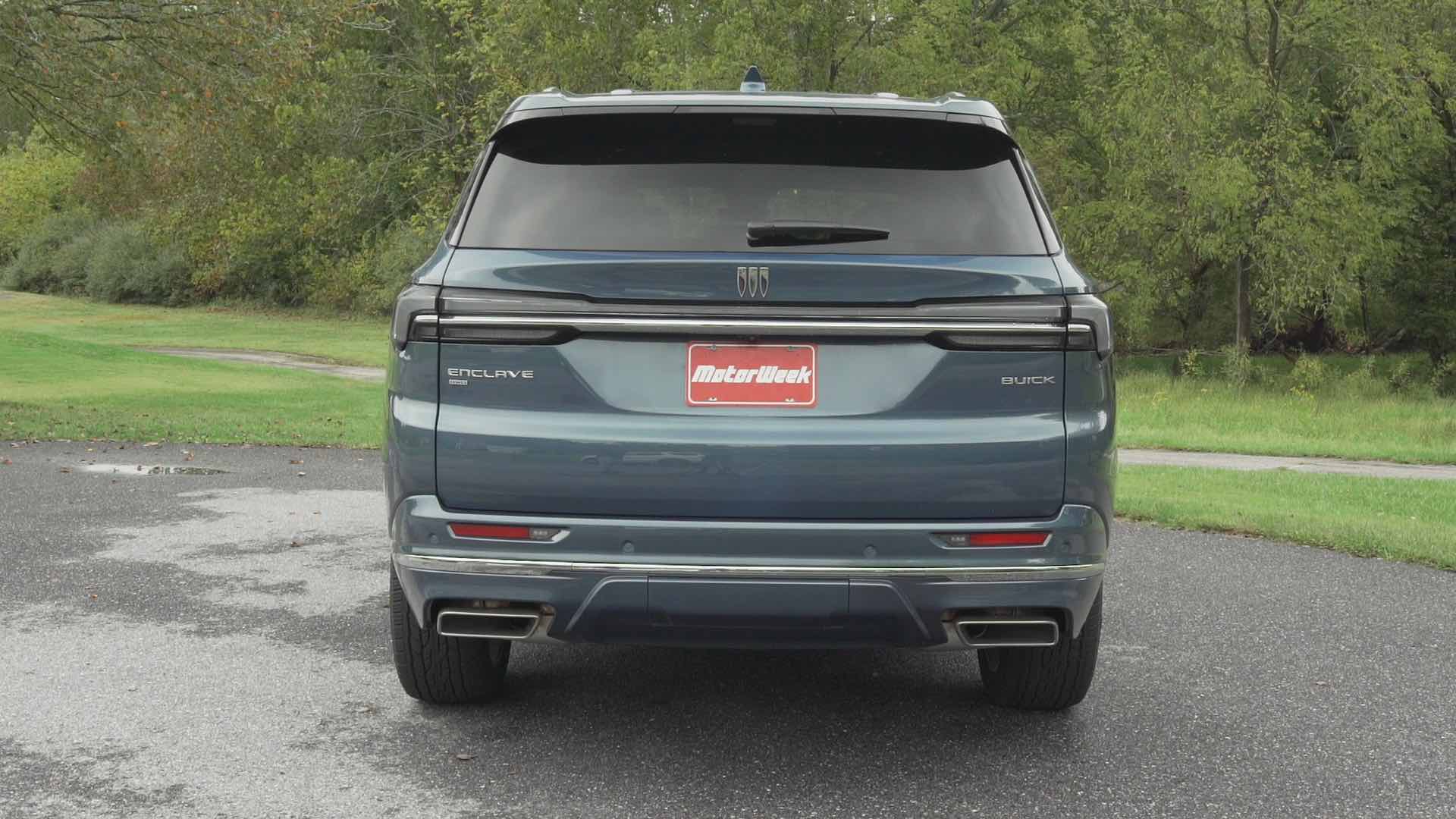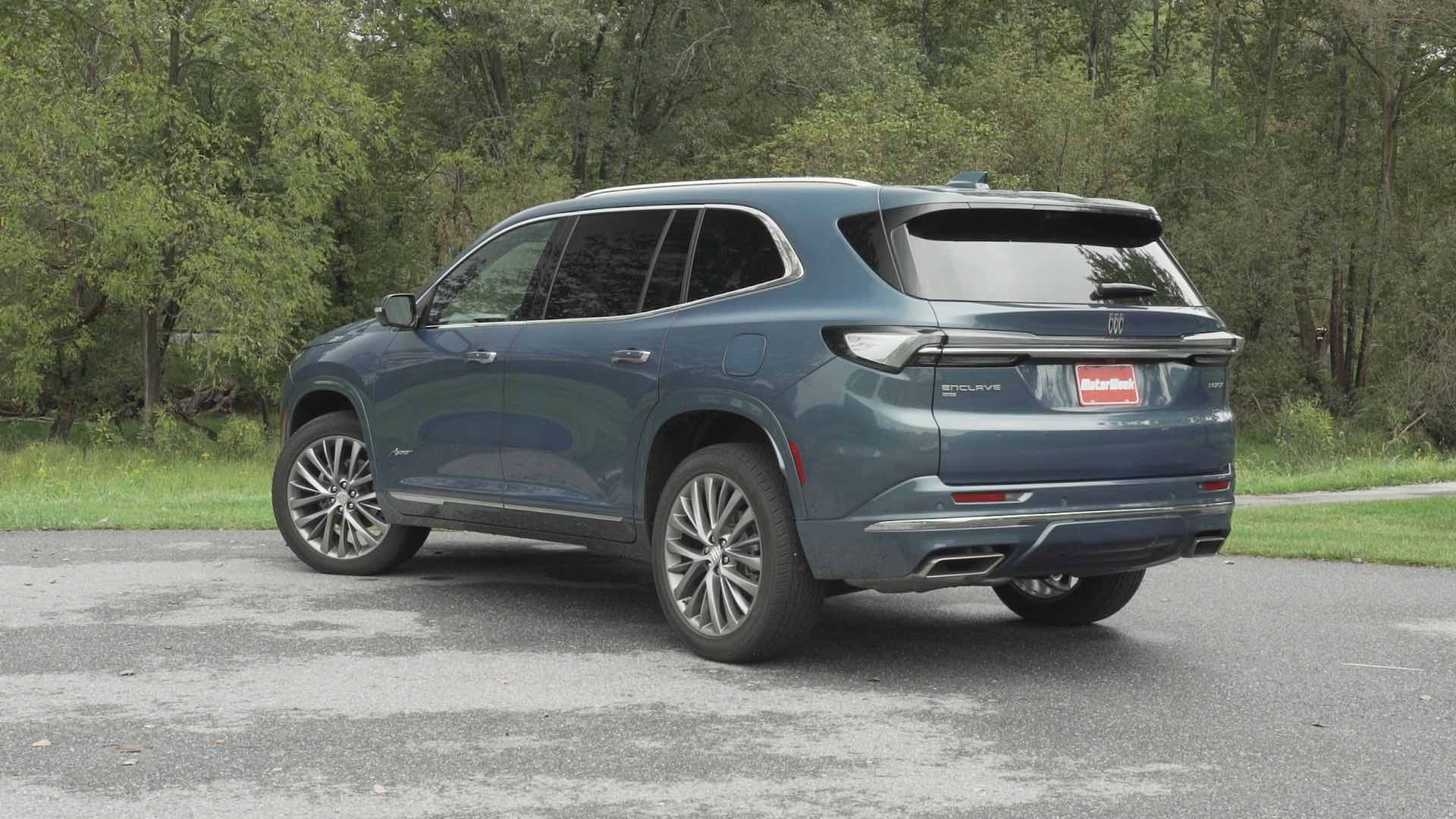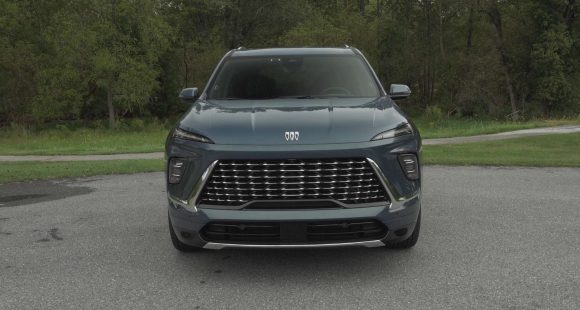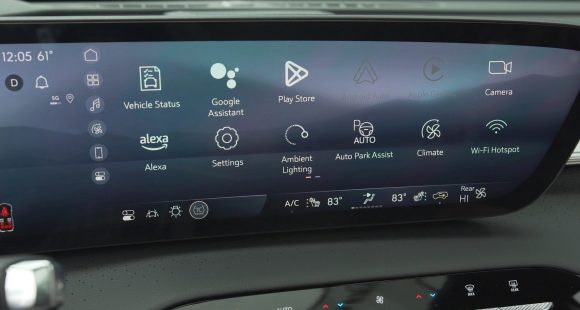2015 Bentley Flying Spur V8
Last year, the Bentley Flying Spur dropped Continental from its name, but it lost nothing when it came to showcasing British luxury performance motoring at its best. Well, this year it loses something else…4-cylinders from its signature W12 engine. So, let’s see if less turns out to be more.
Yes folks, as much as we hate to admit it, sometimes you can have too much of a good thing. That’s where this 2015 Bentley Flying Spur V8 comes in.
For some, 12-cylinders pumping in harmony to produce glorious amounts of power is just more than they can handle or perhaps wish to pay for.
But this is no lightweight V8 we’re talking about here. It’s Audi’s aluminum 4.0-liter twin-turbo unit that, after some unique Bentley tweaks, performs some internal combustion magic of its own, pulling 500-horsepower and 487 lb-ft. of torque. That may be over 100-horsepower less than the W12, but with 100-pounds of weight also removed from the front end, it should translate to a more enjoyable experience at the track.
So we “suited up” in proper Bentley fashion and made haste to our test facility. And unless you’ve recently driven the W12 Flying Spur, you’d be hard pressed to notice a difference in acceleration, as this thing just flat takes off. There’s gobs of power off the line, and rear-biased all-wheel-drive to apply it.
 Power continues to build in a very linear fashion, and 60 miles-per-hour arrives in just 4.6-seconds. That’s only a tenth off our time in the W12. The 8-speed automatic transmission provided smooth and fast shifts, and in 12.9-seconds, we were at the end of the ¼-mile with the needle pointing at 111 on the speedo. So, unless you absolutely will settle for nothing but the best or are always in a real hurry, there’s not much need for the 12.
Power continues to build in a very linear fashion, and 60 miles-per-hour arrives in just 4.6-seconds. That’s only a tenth off our time in the W12. The 8-speed automatic transmission provided smooth and fast shifts, and in 12.9-seconds, we were at the end of the ¼-mile with the needle pointing at 111 on the speedo. So, unless you absolutely will settle for nothing but the best or are always in a real hurry, there’s not much need for the 12.
At 5,300-pounds plus, there’s still a lot of weight to hustle through the cones. But this Flying Spur does so with surprising agility, though you want to make sure suspension is at its firmest setting to keep body roll at a minimum. You can find both under and over steer should you go looking, but initiating either requires some very aggressive inputs with the wheel or with the throttle.
Even more amazingly, bringing this 2½-ton dreamliner to a halt from 60 happens in just 107-feet, with smooth and steady stops that belie the frictional ferociousness that is transpiring behind this car’s 21-inch painted alloys.
Though technically no longer part of the Continental family, the Flying Spur sees similar exterior embellishments to last year’s Continental GT Coupe V8. That means it’ll take a keen or perhaps distinguished eye to spot the dark finish to the grilles, red background of the flying B logo, and figure-8 shaped exhaust finishers.
 There’s always lots to love when you’re talking about Bentley interiors. Now, we can’t say this Newmark tan motif would be our first choice in color as we prefer to leave the saddle-brown theme to our pickups, but material quality and finish are every bit as exquisite as you would expect.
There’s always lots to love when you’re talking about Bentley interiors. Now, we can’t say this Newmark tan motif would be our first choice in color as we prefer to leave the saddle-brown theme to our pickups, but material quality and finish are every bit as exquisite as you would expect.
Amenities include beautiful Eucalyptus wood veneer, picnic trays, Naim for Bentley Premium Audio, refrigerated bottle cooler, massaging seats, full length center console with seating for just two in the back, dual LCD screens, and a remote to control most of the cars functions from the back seat.
If you’re smart enough to send the chauffeur home for the day and take up residence in the front seat, you’ll agree that this may be the best handling close to 3-ton sedan out there. It does indeed feel massive, but highly capable and stable. Just plan ahead a bit for turns as there’s no dartiness to it.
While this basic chassis has been around for quite some time, and we wonder just how much further corporate parent Volkswagen can go with it, does the average luxury buyer really care about any of that? Probably not, and you won’t either. Just relax and enjoy the ride.
 Despite the smaller V8 engine, there’s still a gas guzzler tax, as Government Fuel Economy Ratings come in at 14-City, 24-Highway, and 17-Combined. Our average of 18.0 miles-per-gallon of Premium was around 8% better than we achieved in the W12 Flying Spur. That still makes for a very poor Energy Impact Score however, burning through 19.4-barrels of oil per year while expelling 8.5-tons of CO2.
Despite the smaller V8 engine, there’s still a gas guzzler tax, as Government Fuel Economy Ratings come in at 14-City, 24-Highway, and 17-Combined. Our average of 18.0 miles-per-gallon of Premium was around 8% better than we achieved in the W12 Flying Spur. That still makes for a very poor Energy Impact Score however, burning through 19.4-barrels of oil per year while expelling 8.5-tons of CO2.
Priced about $20,000 under the W12 at $200,245, it may be the everyman’s Flying Spur, but it’s still not for every man or woman; more for those with the necessary “funds” be they trust, hedge, or otherwise.
Much as in the Continental GT Coupe, the V8 engine in the 2015 Bentley Flying Spur sedan makes for a better overall car. Sure, in the luxury realm there is always an accepted space for prestigious overkill. But as far as we’re concerned, this is a case of less is more.
Specifications
- Engine: 4.0 liter
- Horsepower: 500
- Torque: 487 lb-ft.
- 0-60 mph: 4.6 seconds
- 1/4 mile: 12.9 seconds @ 111 mph
- EPA: 14 mpg city/ 24 mpg highway
- Energy Impact: 19.4 barrels of oil/yr
- CO2 Emissions: 8.5 tons/yr
2025 Buick Enclave
Buick’s Biggest Utility Gets More Premium Look, Less Premium Powertrain
Buick is now an all SUV brand with the three-row Enclave sitting at the top of their lineup. And for this all-new third generation, it looks like Buick has finally given it the true flagship treatment it deserves. Reason enough for us to see what else new this posh performer has in store.
Don’t think of this 2025 Buick Enclave as just a new third generation of Buick’s largest three-row SUV, but more of a total reboot for a luxury segment pioneer. Part of that reinvention is swapping out the 3.6-liter naturally aspirated V6 engine, that has been the heart of this large crossover since it arrived on the scene for 2008, for a new 2.5-liter turbocharged four-cylinder.
Though using two fewer cylinders, it rates 18 more horsepower at 328. The gain in torque is even greater, climbing from 266 to 326 lb-ft.
Power from a start and when tooling around town feels pretty good, but you do notice that engine working hard under the hood; there is more engine noise and it’s not as smooth as many competitors who have also made the switch to turbo-four power. Max towing rating remains at 5,000 lbs. The new standard automatic transmission loses a gear, dropping from nine to eight, a simplifying move we applaud. All-wheel drive is a $2,000 option with all trims.
The Enclave rides on the same front-wheel-drive based chassis that supports the Chevrolet Traverse and GMC Acadia. It remains the most luxurious of the three, though all have made big upward strides. And that luxurious feel is very evident inside where things appear special without flaunting it. Materials are vastly improved over the last gen, especially in top Avenir trim which is the choice for most Enclave buyers.
Front seats are very comfy, well suited for long days of highway travel. It’s hard to miss the 30-inch ultra-wide display, similar to Cadillac’s. It is big, but not intimidating as operation is very logical and you can easily configure things as you want them, including bringing the nav screen up full in front of the driver.
Front seats are very comfy, well suited for long days of highway travel.
Between the seats is a very substantial console with lots of storage space and standard wireless phone charging. There is definitely room for full-size adults in all three rows of seating. Big, plush captain’s chairs with all trims for the second row; and a less plush but still comfortable three-place third row.
GM’s Super Cruise has now made it to Buick’s lineup, available as a standalone package for any trim. It remains a favorite of ours for hands-off highway cruising. Despite feeling adequately powered on the street, the Enclave’s turbo-four felt a little out of its element at our Mason Dixon Dragway test track. There was very little jump off the line, just a slow wind up to 60 of 8.0 seconds, with the quarter-mile completed in 16.0 seconds flat at 92 mph.
We could really feel the Enclave’s weight in our handling course, about 150-lbs. over last year, even with less motor under the hood. But there was very little body roll, and no excessive oversteer or understeer. In panic braking runs, there was good feel through the pedal, and solid stops from 60 averaging a fine 111 feet.
To all of our eyes, the Enclave is bigger yet much better looking than before. Now more sophisticated using Buick’s PURE philosophy which emphasizes Purity in design, Unexpected details, Refined finishes, and Exceptional execution.
With all-wheel drive, Government Fuel Economy Ratings are 19 City, 24 Highway, and 21 Combined; we managed a great 24.9 mpg of Regular. That’s a slightly below average Energy Impact Score, consuming 14.2 barrels of oil yearly, with 7.0 tons of CO2 emissions.
No more Essence or Premium Enclaves, as the new gen brings new trim names along with it; the base option now being Preferred which starts at $46,395, and unless you choose white, you’ll be paying extra for all exterior colors. Just a short step from there to the Sport Touring for $48,795, and then a much bigger bounce up to Avenir at $59,395.
With so many big utes now aimed at luxury and near luxury buyers, it’s getting harder and harder for Buick to stand out. Being an all-utility brand, with one of the freshest lineups in the industry, will no doubt help. The 2025 Buick Enclave is a very stylish, well-equipped, well executed large three-row crossover that’s priced right.
Specifications
As Tested
- Engine: 2.5-liter turbo-4
- Transmission: 8-speed automatic
- Horsepower: 328
- Torque: 326 lb-ft.
- EPA: 19 City | 24 Highway | 21 Combined
- 0-60 mph: 8.0 seconds
- 1/4 Mile: 16.0 seconds at 92 mph
- Braking, 60-0 (avg.): 111 feet
- MW Fuel Economy: 24.9 mpg (Regular)



































